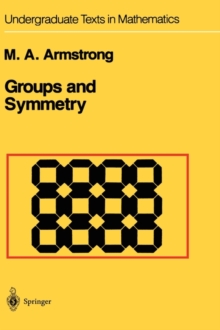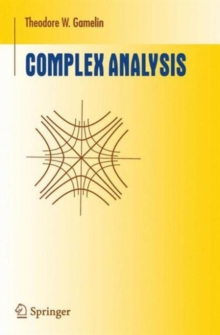
A First Course in the Mathematical Foundations of Thermodynamics PDF
by D.R. Owen
Part of the Undergraduate Texts in Mathematics series
Description
Research in the past thirty years on the foundations of thermodynamics has led not only to a better understanding of the early developments of the subject but also to formulations of the First and Second Laws that permit both a rigorous analysis of the consequences of these laws and a substantial broadening of the class of systems to which the laws can fruitfully be applied.
Moreover, modem formulations of the laws of thermodynamics have now achieved logically parallel forms at a level accessible to under- graduate students in science and engineering who have completed the standard calculus sequence and who wish to understand the role which mathematics can play in scientific inquiry.
My goal in writing this book is to make some of the modem develop- ments in thermodyamics available to readers with the background and orientation just mentioned and to present this material in the form of a text suitable for a one-semester junior-level course.
Most of this presentation is taken from notes that I assembled while teaching such a course on two occasions.
I found that, aside from a brief review of line integrals and exact differentials in two dimensions and a short discussion of infima and suprema of sets of real numbers, juniors (and even some mature sophomores) had sufficient mathematical background to handle the subject matter.
Many of the students whom I taught had very limited experience with formal and rigorous mathematical exposition.
Information
-
Download - Immediately Available
- Format:PDF
- Publisher:Springer New York
- Publication Date:06/12/2012
- Category:
- ISBN:9781461395058
Information
-
Download - Immediately Available
- Format:PDF
- Publisher:Springer New York
- Publication Date:06/12/2012
- Category:
- ISBN:9781461395058










